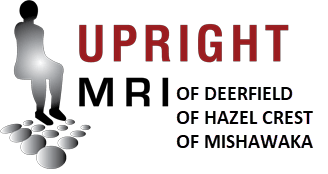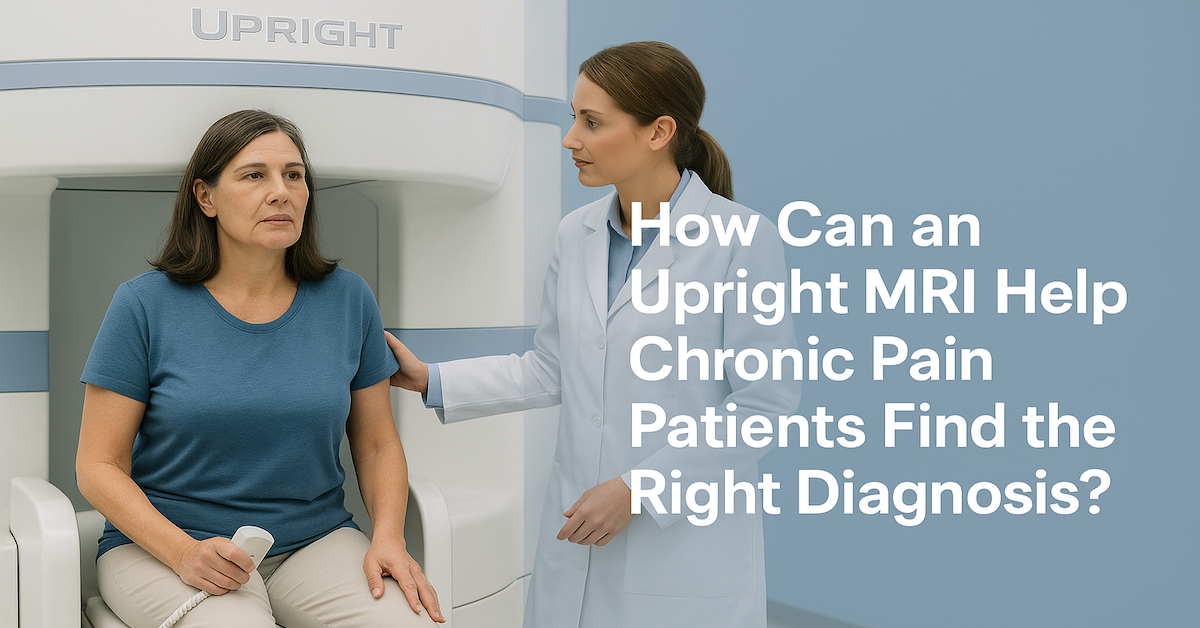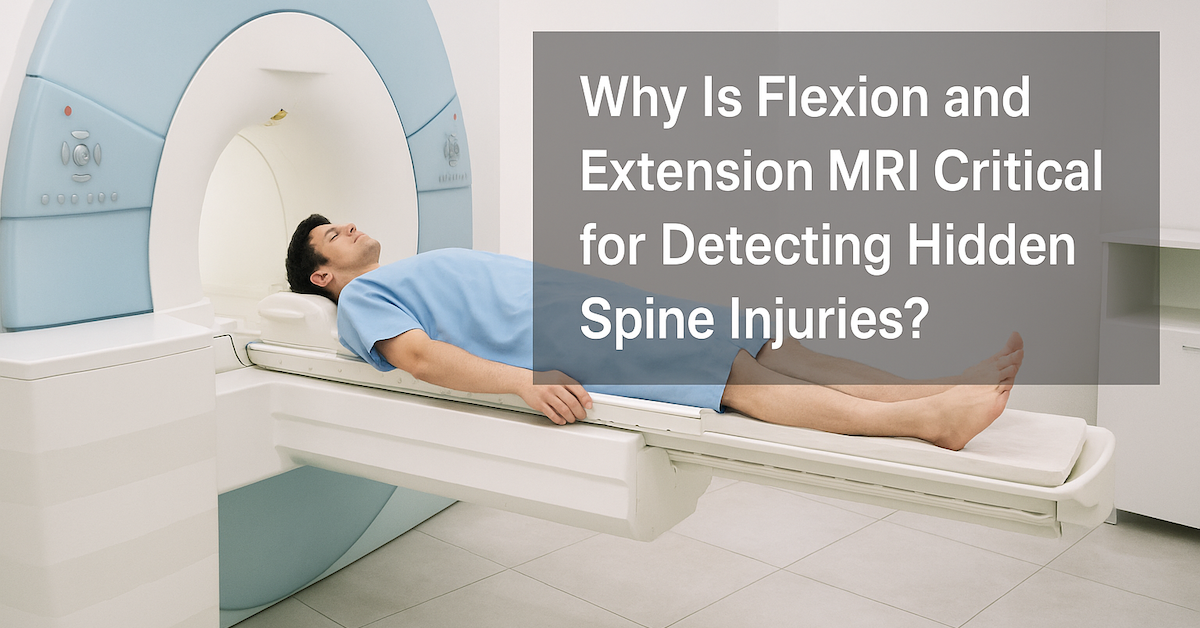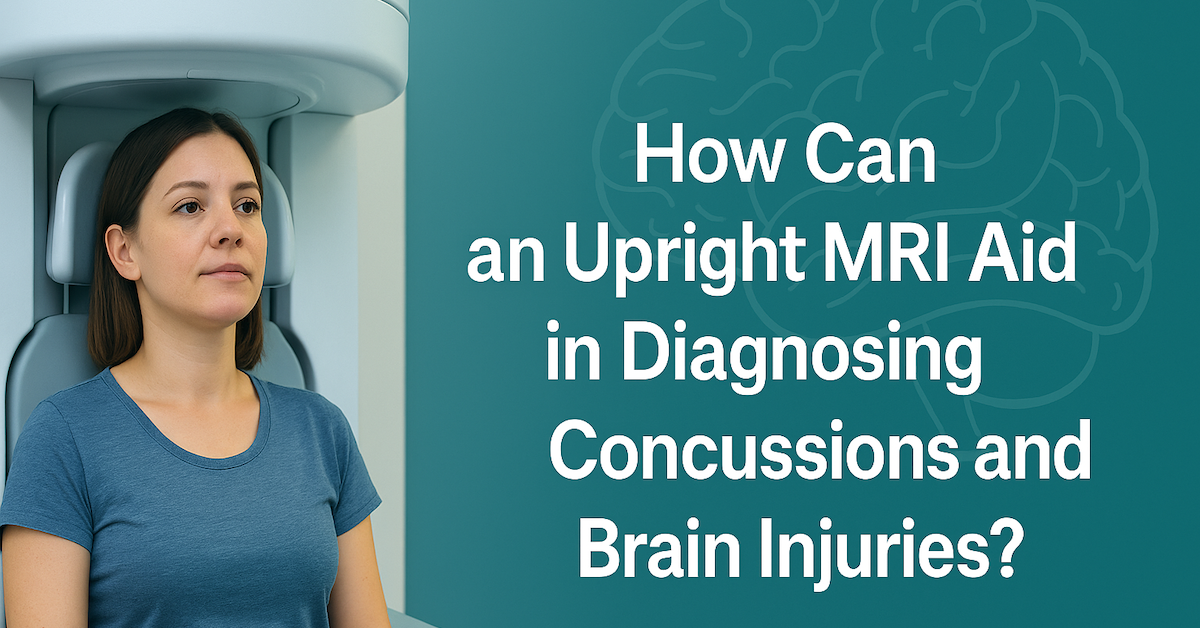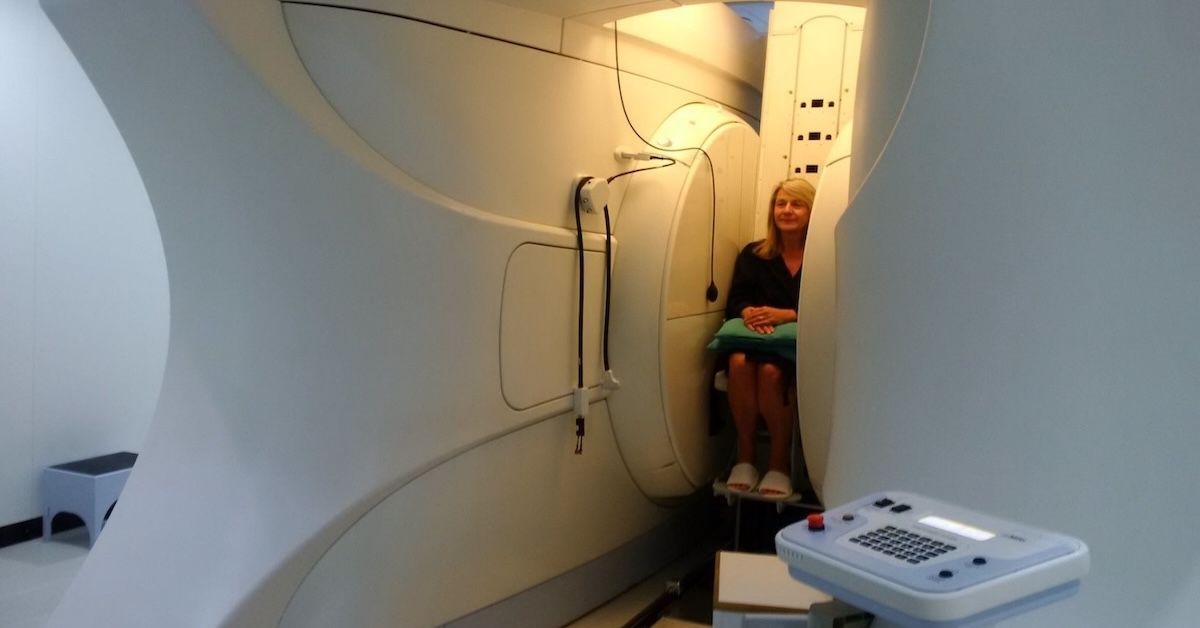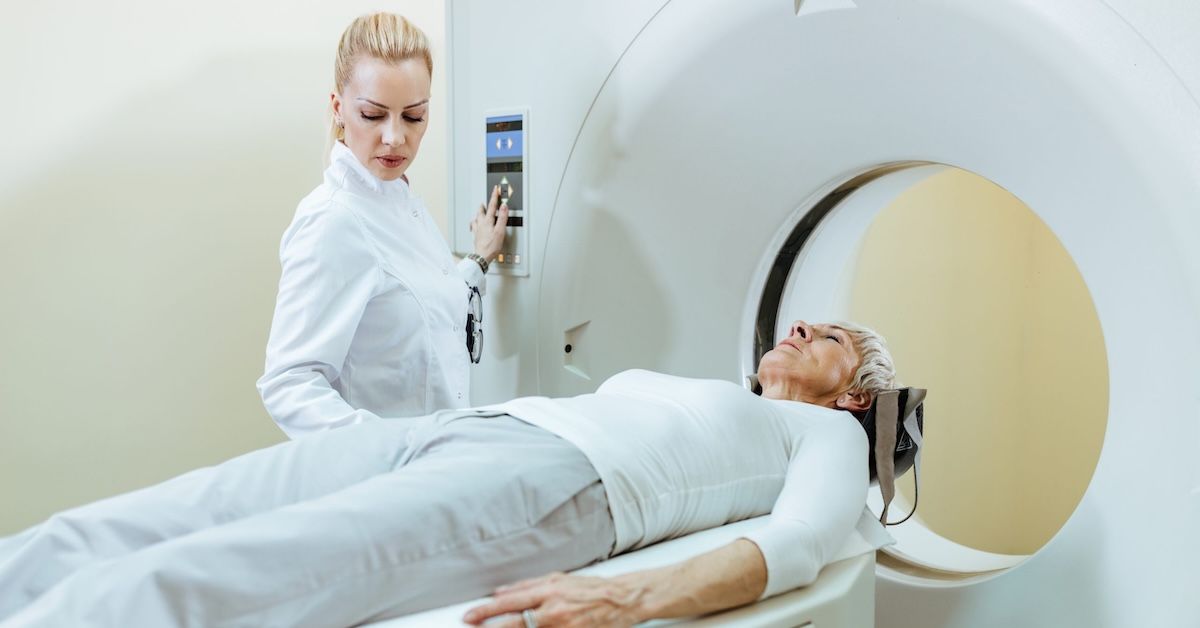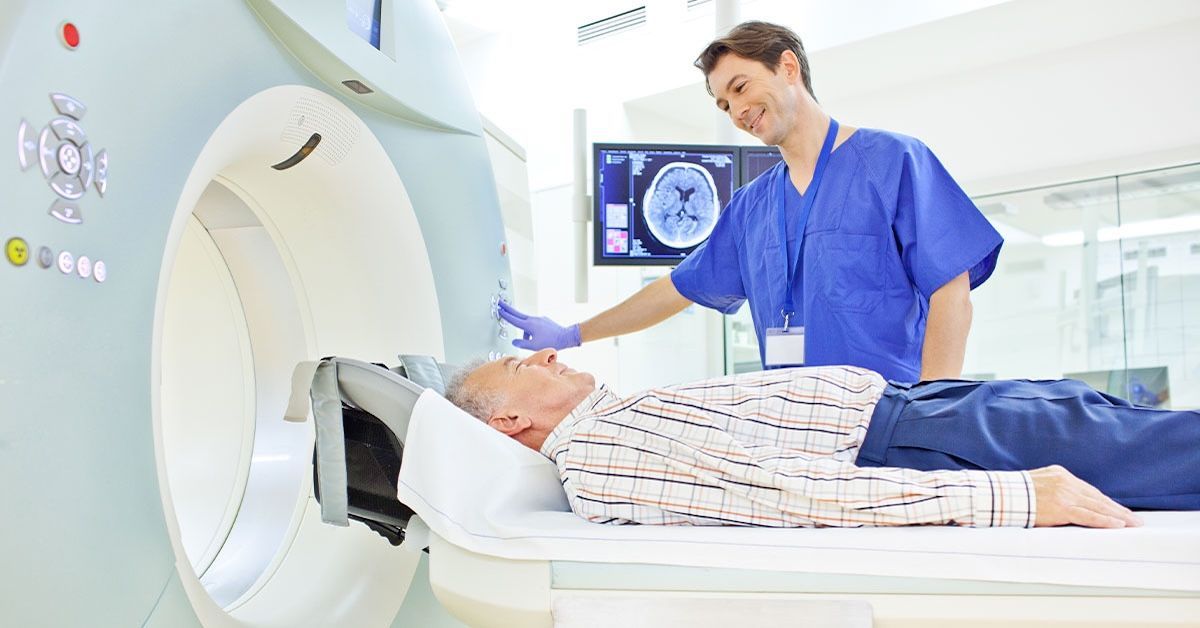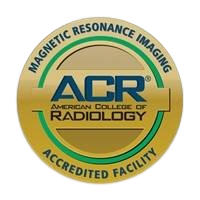How Can an Upright MRI Provide a More Comfortable Scanning Experience?
Many people dread MRI appointments because of the discomfort, noise, or sense of confinement inside the traditional scanner. For patients with claustrophobia, mobility issues, or chronic pain, lying flat in a small tunnel for an extended time can be stressful or even unbearable. That’s where upright MRI technology changes the experience. It offers a more open, flexible, and comfortable approach to medical imaging without sacrificing image quality. This article explains how an upright MRI provides comfort, accessibility, and reliable results for patients who find conventional MRIs difficult.

Understanding Upright MRI Technology
Unlike traditional MRIs that require you to lie flat inside a narrow tube, upright MRIs allow you to sit, stand, or recline during the scan. The machine’s open design surrounds you with space and natural light, reducing feelings of anxiety or restriction. The magnetic field and imaging quality are just as advanced, but the setup is more patient-centered.
This design makes it possible to scan patients in positions that are more natural and comfortable. For many people, this also means no need for sedation or holding uncomfortable postures for long periods.
Open Design Reduces Claustrophobia
Claustrophobia is one of the most common concerns during traditional MRI scans. Being enclosed in a small tunnel with limited airflow and loud noises can trigger anxiety or panic in some patients.
An upright MRI solves this problem through its open architecture. You’re never fully enclosed. You can look around, breathe freely, and even make eye contact with the technologist. Some centers allow you to watch TV or relax while the scan is performed, turning what used to be a stressful procedure into a calm and easy experience.
Flexible Positioning Options for Better Comfort
Everyone’s comfort level is different, and upright MRI systems are built to accommodate that. Patients can be scanned while sitting, standing, or in a semi-reclined position. This flexibility is especially valuable for individuals who experience pain or stiffness when lying flat.
Ideal for Patients with Chronic Pain or Injuries
If you have back pain, arthritis, or a recent injury, staying still in one position on a flat table can be painful. Upright MRIs allow your body to rest in a position that doesn’t worsen symptoms, making it easier to relax and stay still during the scan. That means clearer images and fewer repeat scans.
Comfort for Children and Seniors
Children and older adults often struggle with traditional MRIs because of limited mobility or fear of confined spaces. The open setting of an upright MRI helps them feel more at ease. Family members or technicians can remain in visual contact, which helps reduce anxiety and ensures smoother cooperation throughout the process.
Natural Posture Leads to Better Imaging
Lying flat changes the way your spine, joints, and soft tissues align. For patients whose symptoms appear when standing, sitting, or bending, traditional MRIs might not capture the root of the problem. Upright MRIs let you maintain a natural posture, providing a more accurate representation of how your body functions in everyday life.
This approach is especially useful for diagnosing spinal, joint, and posture-related issues, where gravity and weight-bearing positions reveal the true source of discomfort.
Easier Access for Patients with Limited Mobility
For patients who have limited mobility, balance issues, or weight-bearing restrictions, getting on and off a traditional MRI table can be challenging. Upright MRI systems are designed with accessibility in mind. You can walk into the scanner, sit down comfortably, and stay supported throughout the scan.
This design eliminates the need for lifting assistance or special equipment, making it ideal for patients recovering from surgery or living with physical limitations.
Improved Accuracy Through Relaxed Positioning
When patients are uncomfortable or anxious, it’s harder to remain still, and movement can blur the images. Upright MRIs reduce this problem by making the process physically easier. Because you’re more relaxed, the scans are often clearer and require fewer repetitions.
Technicians can also adjust your position slightly during the exam to capture multiple angles without causing discomfort. This flexibility not only improves image quality but also makes the process faster and more efficient.
No Need for Sedation or Anxiety Medication
Traditional MRIs sometimes require sedation for patients who suffer from extreme claustrophobia or pain when lying flat. Sedation adds extra preparation, risk, and recovery time. Upright MRI eliminates the need for this in most cases because of its open, patient-friendly environment.
You can communicate easily with the technologist throughout the procedure, which provides reassurance and comfort. This approach also shortens recovery time and allows you to return to normal activities immediately after your appointment.
Who Benefits Most from an Upright MRI
An upright MRI can make a difference for a wide range of patients, including:
- Individuals with claustrophobia or anxiety
- Patients with chronic back, neck, or joint pain
- People with limited mobility or physical disabilities
- Children and older adults who have trouble lying flat
- Those recovering from injury or surgery
- Anyone who prefers a more comfortable and open imaging experience
What to Expect During an Upright MRI
The process is simple. You’ll be seated or positioned comfortably based on what part of your body is being scanned. The technologist will adjust the equipment, explain each step, and ensure you’re at ease. The scan typically lasts between 30 and 60 minutes, depending on the area being imaged.
During the scan, you’ll hear low humming or clicking sounds as the machine captures images, but you can breathe normally and relax. Communication with the technologist remains open at all times through a microphone or window.
Conclusion
An upright MRI combines advanced imaging technology with patient comfort, making it an excellent choice for those who find traditional MRIs stressful or uncomfortable. Its open design, flexible positioning, and accessibility create a calm experience while delivering accurate and detailed results.
For patients looking for a comfortable, open, and precise imaging option, Upright MRI of Deerfield provides advanced upright MRI services with expert care and state-of-the-art equipment.
SHARE THIS POST:
Leave a Comment:
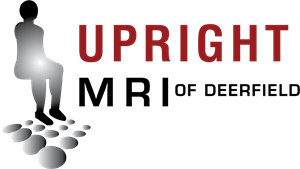
The World's Most Patient-Friendly MRI. A comfortable, stress-free, and completely reliable MRI scan. We offer patients an open, upright, standup MRI experience that helps those who are claustrophobic and stress being in a confined area. Upright MRI of Deerfield is recognized as the world leader in open MRI innovation,
Our Recent Post
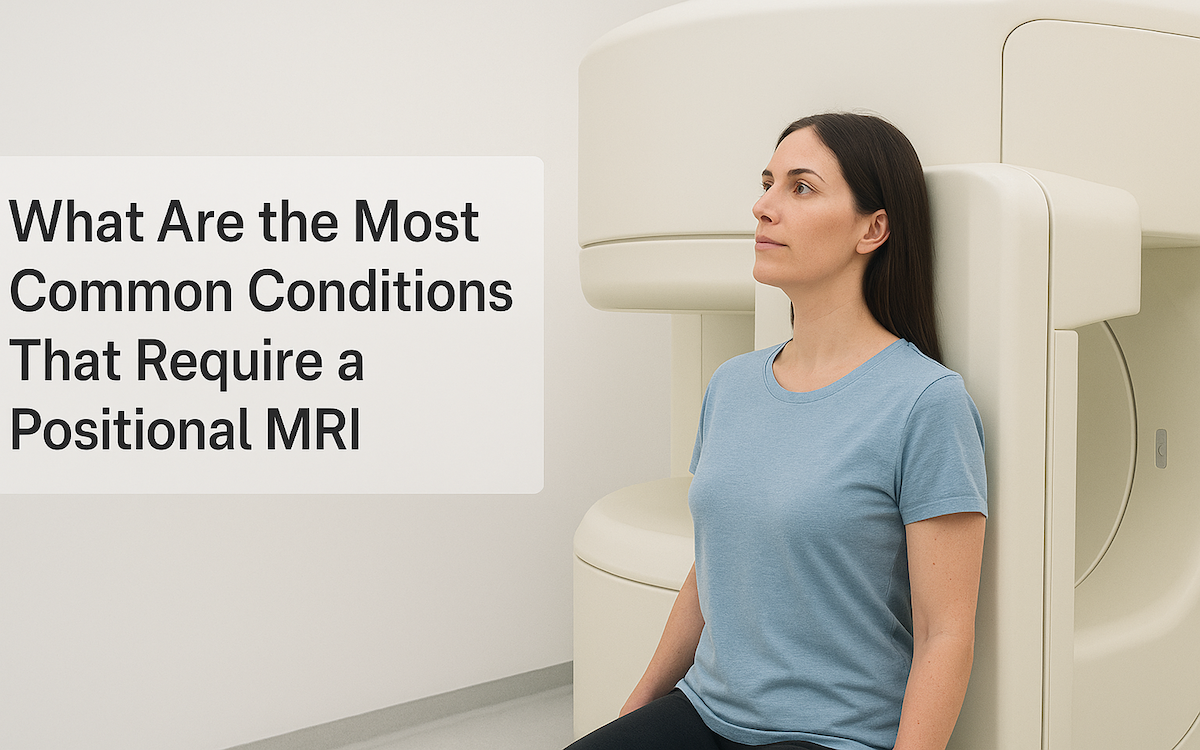

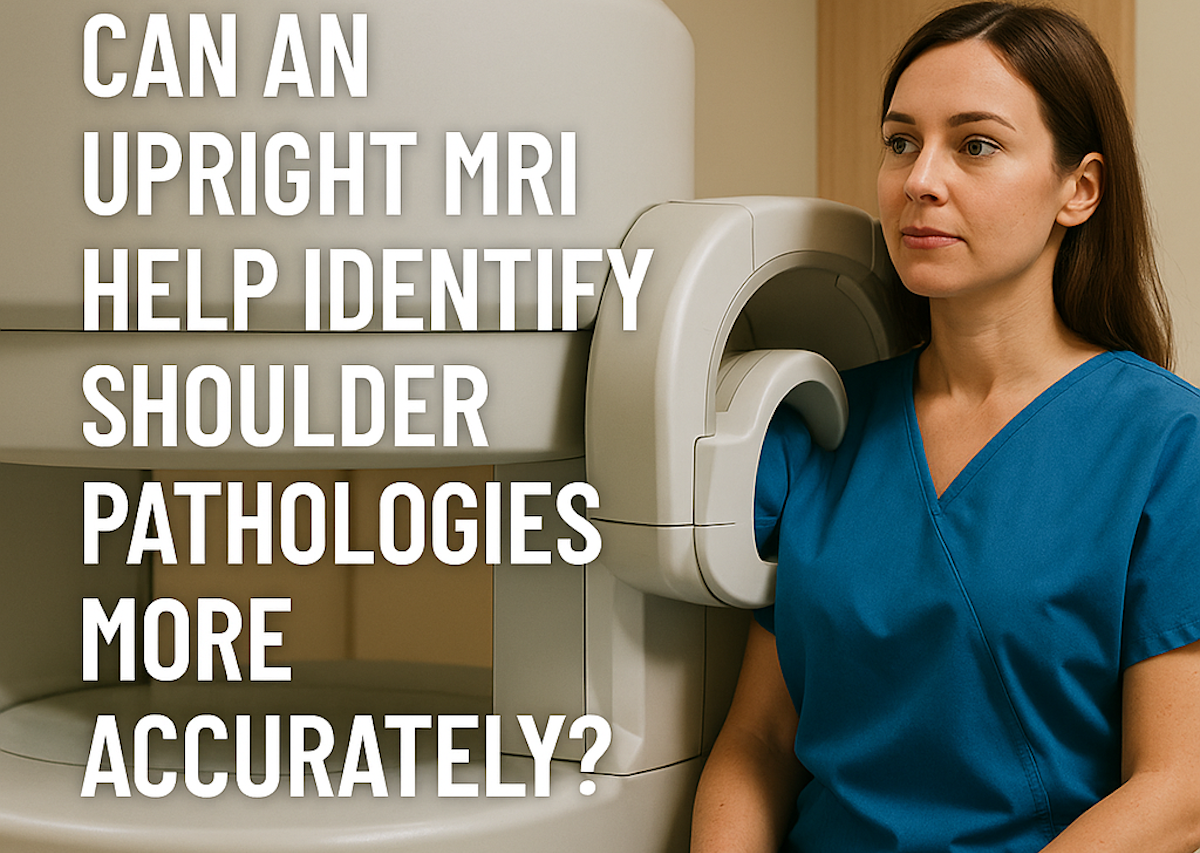
READ PATIENT TESTIMONIALS
Upright MRI of Deerfield.
Susan D.,
Highland Park, 39
I am going to tell everyone about your office! This was a great experience after I panicked in other MRI machines and had to leave. Thank you so much.

Judith B.,
Milwaukee, 61
I suffer from vertigo and other MRIs do not work. This was wonderful…absolutely NO discomfort at all. The MRI was so fast…I wanted to stay and watch the movie! Mumtaz was great. His humor really put me at ease. I’ve already recommended Upright MRI to friends.

Delores P.,
Glencoe, 55
Everything is so nice and professional with your place. I have been there a couple of times. My husband and I would not go anywhere else.

